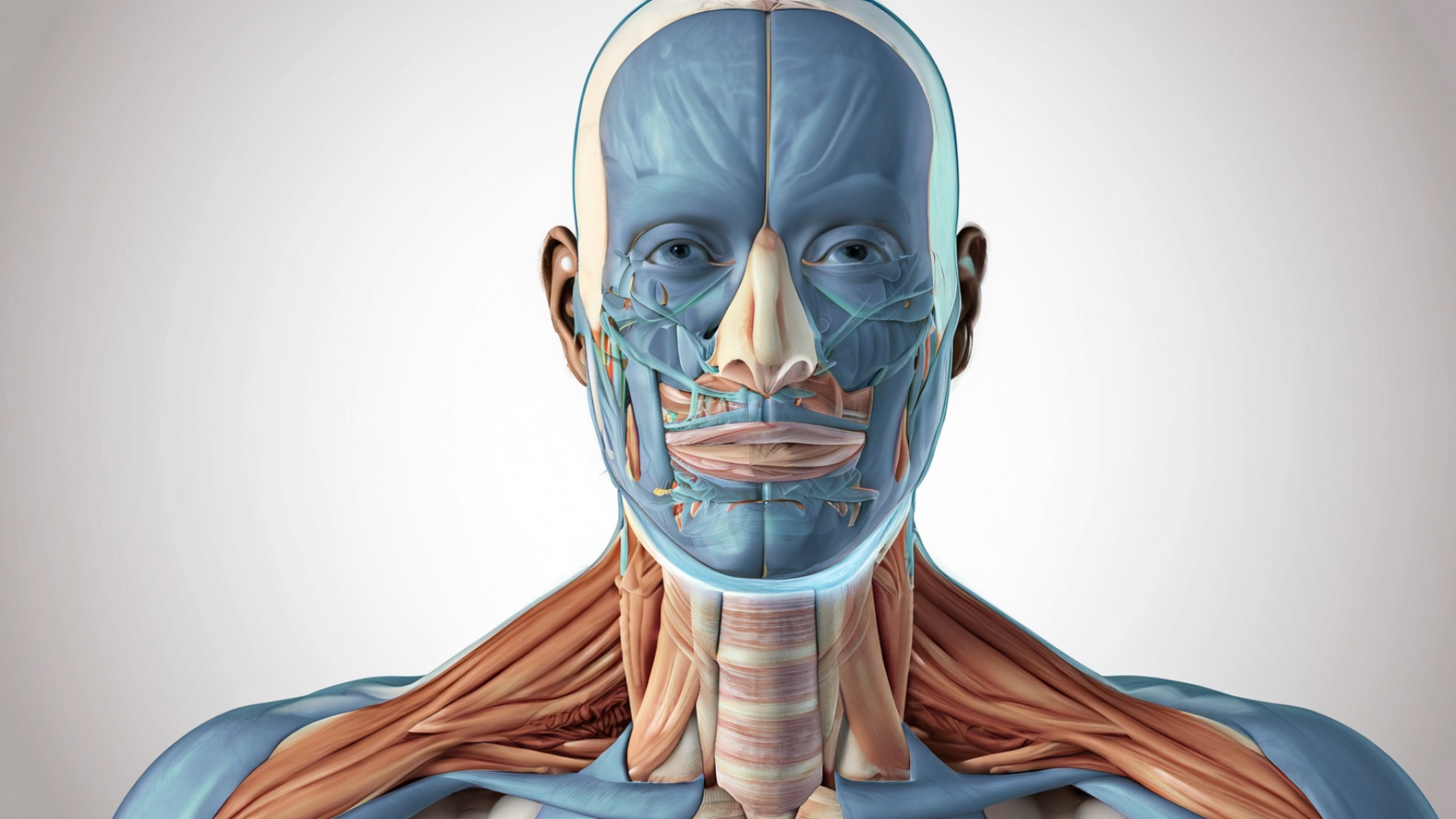
Diagnosing Huntington's Disease Using Gel Electrophoresis
by Cristi Sims
Students will use Gel Electrophoresis to diagnose the dominant, fatal, genetic disorder of Huntington's Disease, a neurodegenerative disorder caused by an excessive number of CAG repeats in the DNA which results in the aggregation of Huntington proteins that blocks proper neurological functioning. It is a great way to introduce the biotechnology of gel electrophoresis using a backdrop of student understanding of genetics and the impact of mutations on protein structure and function. In addition, by using a "case study" approach, this humanizes the diagnostic aspect and introduces the ethical questions surrounding genetic testing including whether or not the people involved will ever be eligible for health insurance if they test positive for the disorder.
Lesson Plan Link/URL
https://docs.google.com/presentation/d/1x5j_SYOenycOvpRazP9RPkdhZb-64a6Y/edit?u…
Featured
Off
Related Content

Grades:
6th Grade, 7th Grade, 8th Grade, 9th Grade, 10th Grade, 11th Grade, 12th Grade
Are your students fans of Formula 1? If they are or aren't this lesson will take a look into the dominance of Red Bull Racing in Formula 1. Why is Red Bull so dominant? Is it the driver or the

Grades:
10th Grade, 11th Grade, 12th Grade
This lesson plan is on how to make agar plates to grow media on. This teaches the students how to measure out the agar and water and mix properly and plate the agar properly.

Grades:
9th Grade, 10th Grade, 11th Grade, 12th Grade
A high school physics lesson plan that uses guided inquiry to help students explore the changes in potential difference across resistors connected in series & parallel.

